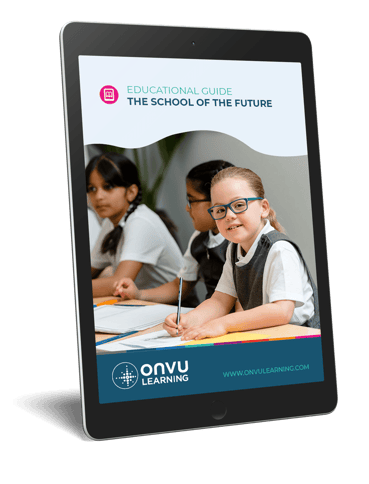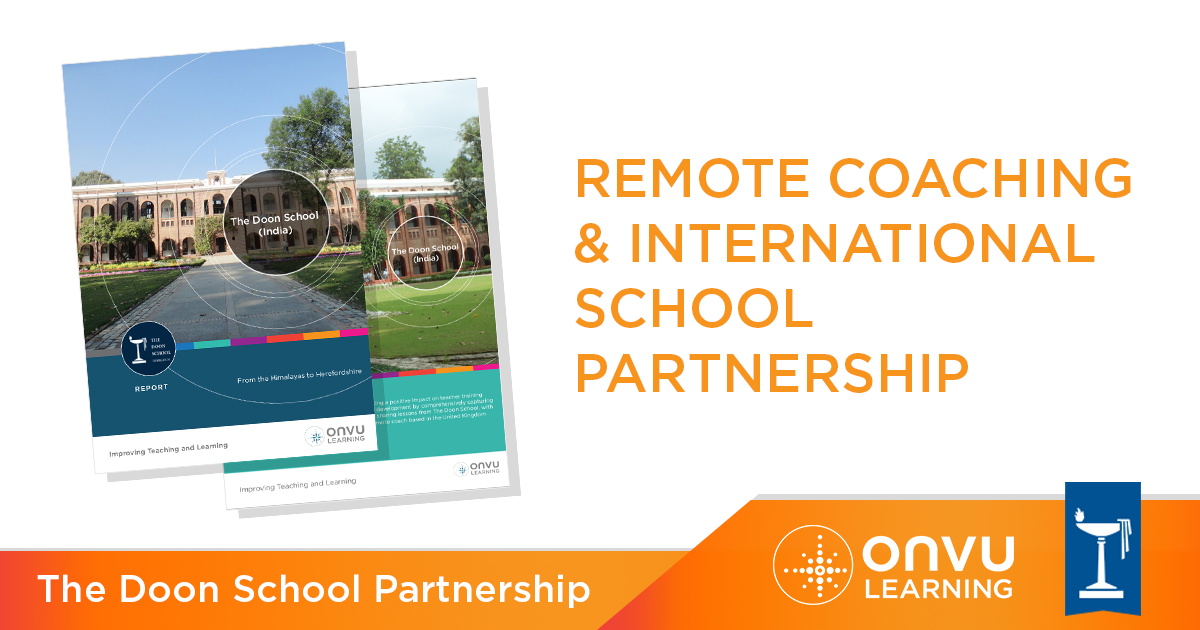- Blogs
- 2 Minute Read



Networks are a tremendous force for school improvement – and as they grow the opportunities grow at an exponential rate. So, as the number of schools we work with expands – in the UK, India and further afield – we’re thinking of more ways to use technology to bring them closer together to allow for innovative and efficient partnerships between schools. Here are some of our ideas – please get in touch if you’d like to explore any of them with us!
1. Linking schools with the best coaches, anywhere in the world
This is the heart of our work with The Doon School. We’ve linked teachers in this school in Northern India with our Teacher Development Lead Dr Sean Warren – who is based 5,000 miles away in Herefordshire, England. You can read the in-depth case study here. We also see the potential benefits of this working with schools and teachers who require specialist coaching support – for example when working with students with specific special educational needs.
2. Creating international teaching teams
As well as linking teachers with coaches, we’re also now working to link teachers in schools with each other across great distances. For example, The Doon School and Aston University Engineering Academy are planning to share Maths and Physics lessons, as the first steps to developing a strong partnership between schools. Teachers in both schools will be able to discuss the lessons, and their shared experience of being coached by Dr Warren will mean they can use ONVU Learning’s upcoming ALIGN Methodology course to explore aspects of teaching in detail.
3. Creating consistency between schools within a chain
4. Using university links to support early career development
Support for teachers in the first few years at schools has been recognized as crucial by the introduction of England’s Early Career Framework (ECF). A key part of the ECF is regular mentoring support – and we’re working with universities to ensure that all schools, including those in remote areas, can access high quality regular mentoring. We will be releasing a case study with a newly-qualified teacher (NQT) at Hereford Academy very soon, so please keep checking our evidence page.
5. Using cross-phase links to overcome learning loss
The transition between primary and secondary school can lead to a ‘lost year’ of learning, with students covering taking a long time to settle into a new school and teachers covering similar academic ground as they try to bring students up to a common level in their subject. We’re exploring opportunities for schools to share lessons from Y6 with Y7 teachers, so they understand better the culture and learning that takes place in primary schools.
6. Sharing lessons with students
We’re always asking teachers in our partner schools for new ideas – and one area that we’re going to be exploring in the future is whether we can use the lessons we capture to help students as well as teachers. If you have any ideas on how you think we could best do this, please get in touch!
Read more about our work with The Doon School by visiting the dedicated school page and learn more about the innovative partnerships between schools. We will be releasing more news and content about our partnership with The Doon School in the coming weeks, so make sure to sign up to our newsletter to receive the latest news straight into your inbox, and follow us on Twitter and LinkedIn for the latest updates.
If you would like to know more about how ONVU Learning can help your school improve its teaching and learning, get in touch with our team now.

The School of the Future Guide is aimed at helping school leaders and teachers make informed choices when designing the learning environments of the future using existing and upcoming technologies, as they seek to prepare children for the rest of the 21st century – the result is a more efficient and competitive school.
KEEP IN TOUCH WITH ONVU LEARNING AND RECEIVE THE LATEST NEWS ON EDTECH, LESSON OBSERVATION, AND TEACHER TRAINING AND DEVELOPMENT.